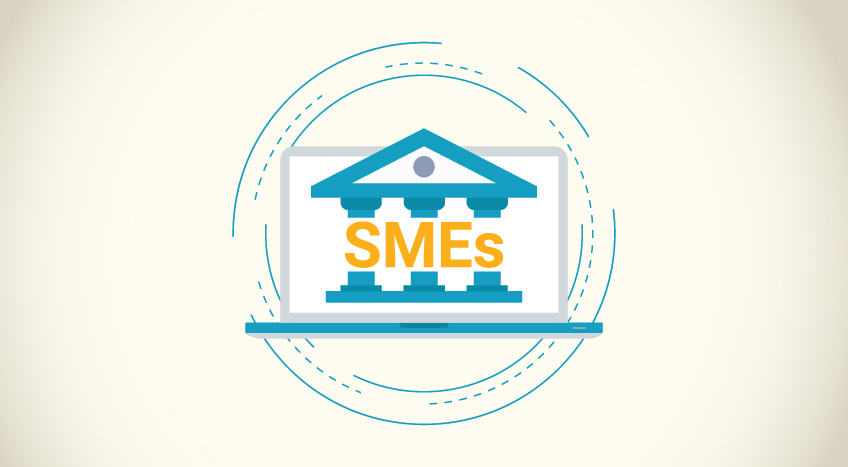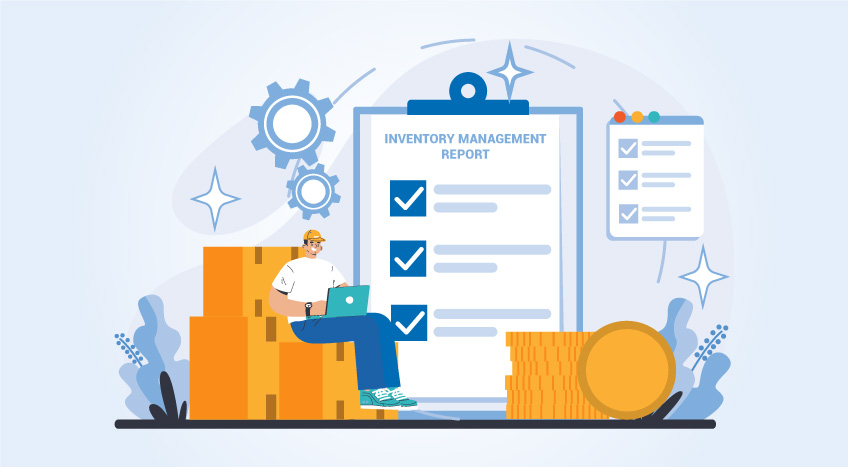- What is an estimate and when to use one?
- What is a quote and when to use one?
- What is a bid and when to use one?
- What is a proposal and when to use one?
- What is the difference between an estimate, quote, bid, and proposal?
- Use TallyPrime for your business
What is an estimate and when to use one?
An estimate is an approximate value of what something is likely to cost and how long a project can take. A cost estimate is not a value that is set in stone because it can change. This change can occur due to factors that may directly or indirectly impact the cost. For example, you might give an estimate to a client when you have minimal information about the task at hand. As you get additional information about that task, you might realize the estimate is much higher than what you initially assumed. Estimates can be called overviews because they are never detailed. Business owners are generally required to make estimates when they help their clients with budgeting.
|
How Does Accounting Information Help in Decision Making? The Employer’s Guide |
An estimate includes when your client can expect project completion, the timeline, and the services you provide among others. Simply put, an estimate is used to help your client understand what to expect from you. Estimates are usually not detailed and this is what makes them different from quotes. An estimate can also include what your client shouldn’t expect from your end when they are doing business with you. Whenever you begin a brand-new project, whether with someone you have worked with earlier or not, you should always begin with estimates. Estimates can be based on your past experience with similar projects and they don’t require too much time.
What is a quote and when to use one?
A quotation or quote provides a realistic cost or estimate of a project. Some even call it a fixed price because it is more thorough and detailed than an estimate which is simply an approximation value. A quote also includes the timeline and the scope of a project. However, rather than be flexible, as is the case with an estimate, a quote is fixed and it clearly outlines the details of the project. For this reason, it is important that you clearly understand the factors involved before you provide a quote to your client because it is fixed. If you give a quote then the client will expect you to keep your word and provide whatever you promised as per the quote details.
A quote needs to be considered carefully before being put on paper. If you don’t understand it fully, it can land you in big trouble. For example, if you run a donut business, then you are aware of the item prices not staying stable at all times. In such cases, a quote can save you from incurring losses when the prices are high because you get to set the quote. A quote can be seen as a more formal estimate and it protects the seller and buyer from fluctuations and changes that can occur. A quote is a contract and so you cannot change your mind after communicating the quote with your client.
What is a bid and when to use one?
A bid is a step ahead of a quote because it involves more detail and accuracy. A bid is often defined as a proposal but a proposal and bid differ. A bid requires a clear scope of a project. Generally, what happens is that a specific agency will require people to work on a project. This agency will specify what they are looking for and what their requirements are. Different companies can then bid on that project. By bidding, they will let the agency know in detail how much the entire project may cost. It is up to the agency to decide which bidder they choose for the project.
A bid is most common in some industries such as the construction industry. In the case of the construction industry, sub-contractors are usually the ones that will submit their bids. The bids are submitted to a person called the general contractor. The sub-contractor will be thorough about which part of the project he is interested in and then submit his bid. Bidding is common in government procurement. The bid solicitor can be a public company or a private company.
What is a proposal and when to use one?
A proposal is more detailed than a bid. A proposal, just like a bid, is specific and there are no estimations involved when a proposal is being made. A proposal includes deliverables, scope, timeline, and cost involved in a project. A proposal is generally used when you are collaborating or when you are building a new relationship with a new business. You are generally not the only business that will be submitting a proposal to the business. When done with great care and detail, a proposal can make you stand apart from other businesses.
How do you write a proposal and how do you know what to include in a business proposal? It is common that you will be asked to put certain details in the proposal by the client. They may specify some additional details that you should add to the proposal. It isn’t sufficient to simply put together a proposal and submit it. You will need to include important information that improves your credibility and provides solid evidence for what you have mentioned in the proposal. For example, if you are an established business with happy clients then you will include their testimonials in the proposal.
What is the difference between an estimate, quote, bid, and proposal?
Here are the key differences between an estimate, quote, bid, and proposal.
|
Estimate |
Quote |
Bid |
Proposal |
|
An estimate is an approximate value that is calculated with limited data and involves guesswork that isn’t necessarily close to the actual value. |
A key difference between quote vs estimate is that a quote is more accurate as it is calculated after thoroughly understanding all the aspects of the entire project. |
A bid is more detailed than an estimate and a quote and it requires thorough knowledge of the timelines and the costs of a project. |
A proposal is more specific than a bid and it is used when a business needs to get into a partnership with another business. |
|
An estimate is used when a project can be completed in a matter of days or hours where not many expenses are incurred. |
Another difference between quote vs estimate is that a quotation is more useful in the case where the project scope is larger and there is a requirement for a formal contract. |
A bid can be made by an individual or an agency as a response to another party that is interested in completing a project. |
A proposal is used to form a new relationship with a business and it generally involves competition with other businesses who are also submitting proposals. |
|
An estimate is not legally binding. You can change the estimates and provide it to your client as you are learning of the new developments that can impact the estimate. |
It is vital to understand that in quote vs estimate, a quote is considered legally binding and so it is only recommended for those times when you are 100% sure of all the factors involved. |
A bid requires careful consideration of all the details because the bidder is chosen based on the bid submission made. |
A proposal needs to include testimonials and experiences of previous clients to ensure the better credibility of your business. |
Use TallyPrime for your business
You can better make an estimate, prepare a quotation, bid, and create a proposal when you are clear about your business’s financial information. With TallyPrime, you can use automation and advanced features to keep track of every business transaction that takes place right from the start. TallyPrime makes it easy for every owner of small and medium businesses to safely store transactions and understand their financial situation. With the help of hundreds of reports, you can get the information in a way that makes the most sense to you and make informed business decisions instantly.
TallyPrime includes inventory management, invoicing, payroll management, taxation, and many other features. It aims to make it easy for MSMEs to record financial transactions, perform calculations, make budgets, and know all the details of their business so they can make decisions that are aligned with their goals. TallyPrime is an intuitive software that is easy to use. It has automation to reduce human errors and ensure faster calculations. It is a highly secure software that enables you to be in charge of assigning permissions and user access.
Explore more Products
Best Accounting Software in USA, Accounting Software for Small Businesses in USA, Factors to Consider before Buying Bookkeeping Software in USA, Benefits of Payroll Management Software for Small Businesses in USA, Invoicing & Billing Software in USA That Best Suits Your Business
Read more on Accounting
COGS vs Expenses, What is Revenue Recognition?, Financial Accounting Vs. Managerial Accounting, Real Estate Accounting in US Best Practices and Bonus Tips, How to Easily Build Great Estimates for Your Projects?
Popular Articles
Differences Between Trial Balance & Balance Sheet, What is the NOPAT Formula?, What is A Pay Stub?, What Are T Accounts?, What is a credit note?, How to Find Gross Profit?, What are Operating Expenses?, Break Even Point Formula, What is the Gross Margin Formula?, What is the Direct Write Off Method?, What Is Interest Expense?










